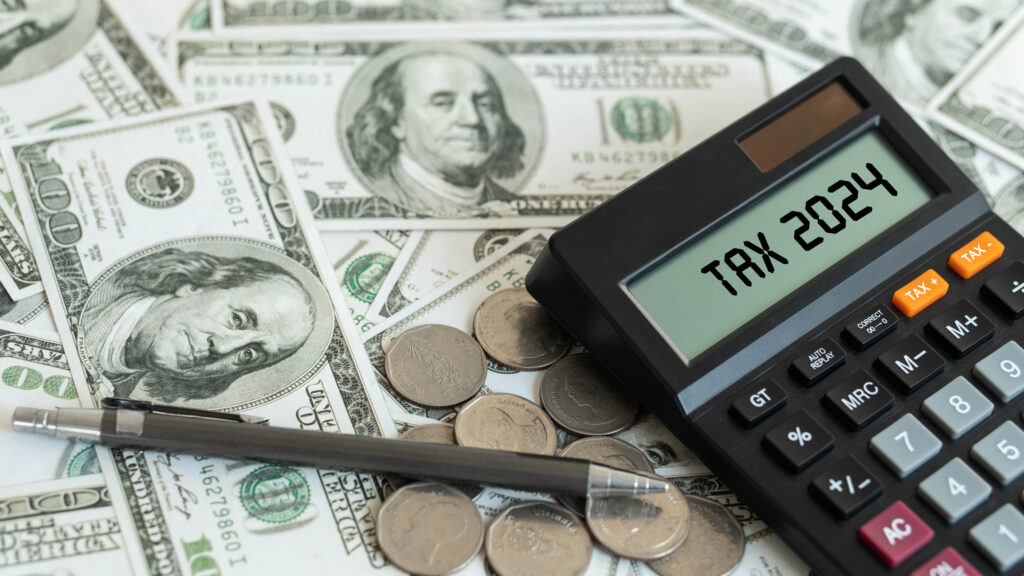The nation’s 16 million state and local government workers earned an average of $61,727 in total compensation (wages plus benefits) in 2006, 11 percent more than the $55,470 average earned by U.S. private-sector workers, according to the latest annual data on employee compensation by industry released by the Bureau of Economic Analysis (BEA) of the U.S. Department of Commerce.
The new data, released in August, show state and local workers earned an average of $46,937 in wages, close to the $45,995 average earned by private-sector workers. The primary state and local government worker advantage is generous fringe benefits.

The accompanying figure shows the state and local worker advantage has remained fairly constant since at least 1990. Private pay boomed in the late 1990s, but state and local pay has grown faster this decade.
Teachers Well-Paid
The BEA data show teacher compensation has closely tracked the overall state and local government pay average since 1990. The average compensation in state and local education in 2006 was $62,371.
State and local workers are not paid as well as federal workers, on average, but they usually receive similarly generous fringe benefits, including high job security and lucrative pension and health care plans. The BEA data do not capture the value of non-dollar benefits.
Chris Edwards ([email protected]) is director of tax policy studies at the Cato Institute.
For more information … The National Income and Product Accounts report of the Bureau of Economic Analysis, showing public-sector and private-sector compensation: http://www.bea.gov/national/nipaweb/SelectTable.asp?Selected=N. (See tables 6.2, 6.3, 6.5, and 6.6).



